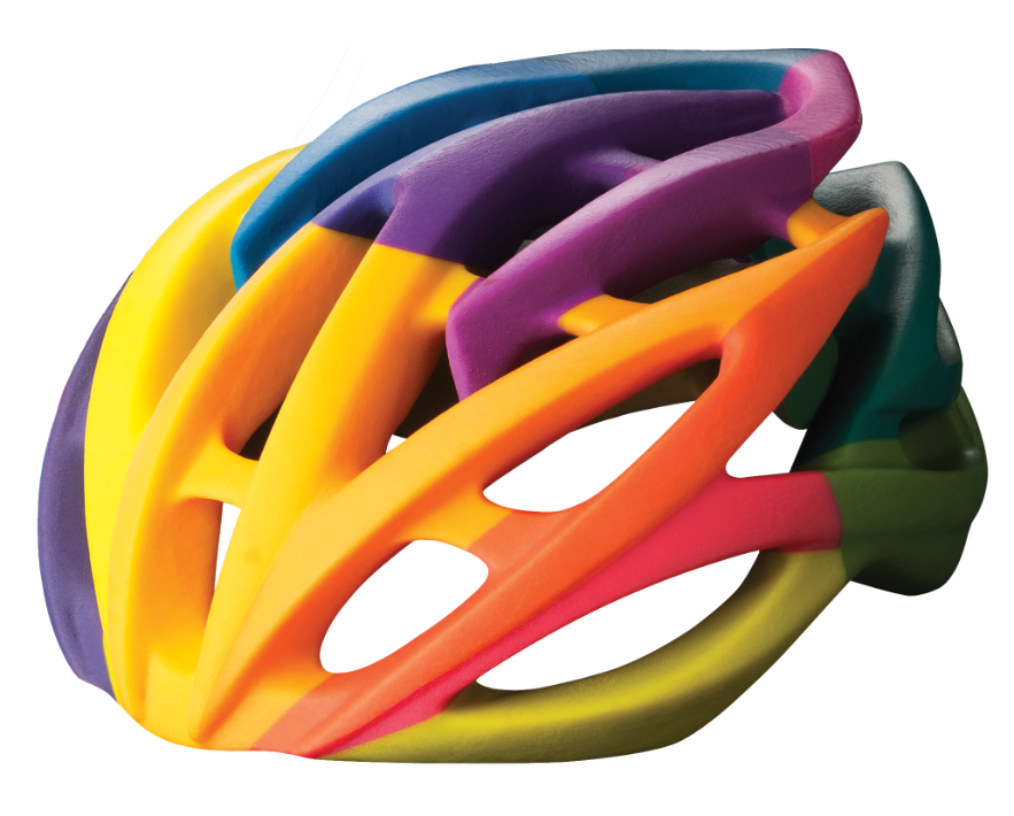Polyjet is one of the advance 3d printing technology which can create ultra smooth and high precision components of any complexity. Polyjet technology can combine a variety of photopolymer according to required concentration to achieve the desired properties and strength of the product with polyjet 3d printing technology it is even possible to print human tissues. it can produce thin walls and complex geometries using the widest range of materials available with any technology.
Since this is one of the advanced additive manufacturing technology which is capable of printing multi-color products this technology is best suited for the complex products which demands aesthetics and also precision. The technology works similarly to traditional inkjet printing, but rather than jetting ink onto paper, a print head jets liquid photopolymers onto a build tray layer by layer where each droplet cures in a very flash of UV light

 Create smooth, detailed prototypes that convey final-product
aesthetics.
Create smooth, detailed prototypes that convey final-product
aesthetics. Produce accurate molds, jigs, fixtures and other manufacturing
tools.
Produce accurate molds, jigs, fixtures and other manufacturing
tools. Incorporate the widest variety of colors and materials into a
single model for unbeatable efficiency.
Incorporate the widest variety of colors and materials into a
single model for unbeatable efficiency. Achieve complex shapes, intricate details and delicate features.
Achieve complex shapes, intricate details and delicate features.
Wall thickness depends mainly on the type of material you plan to use to 3D print. The recommended smallest wall thickness is between 0.04" and 0.06." The latter is considered the best choice for most of the PolyJet projects. You must be aware that the product could be fragile if you use small wall thickness. So it would be best to consider the right wall thickness for your product's future use.
With any hole, ensure a correct fit with the fasteners or pins you use. For PolyJet 3D printing, the best option would be oversizing the hole or under-sizing the pin by 0.005" that can ensure clearance. Due to tolerance stacking, it is recommended to consider a higher clearance for larger parts. The design of the pins highly depends on the product's future use. Instead of fragile small pins, you can use thick pins to allow more strength and stability in the product and help with reliability and longevity. To enjoy the best results understand the strength type your products need to complete their function.